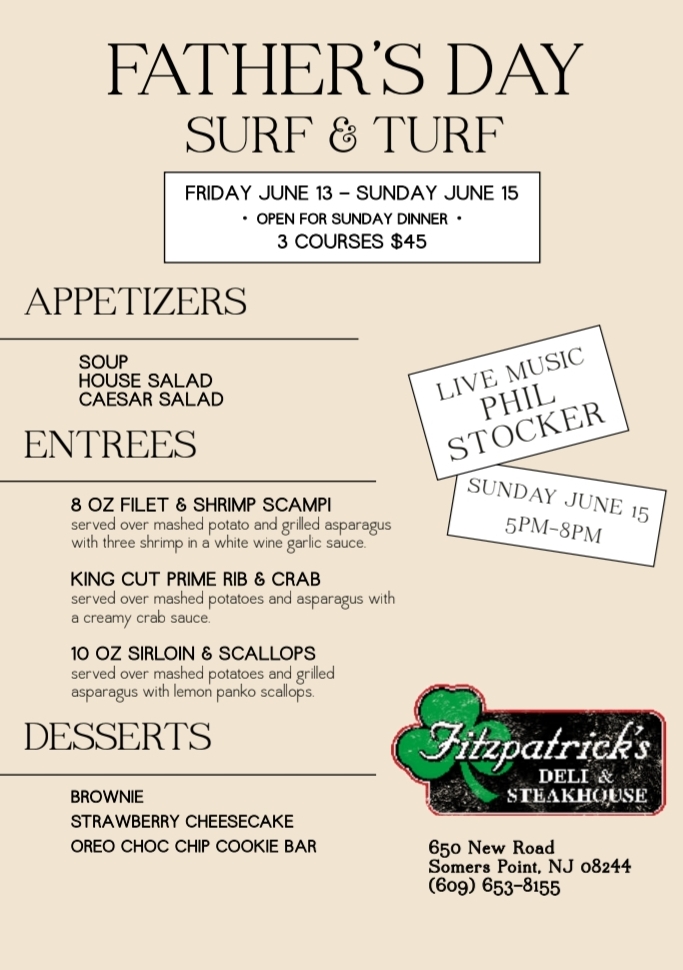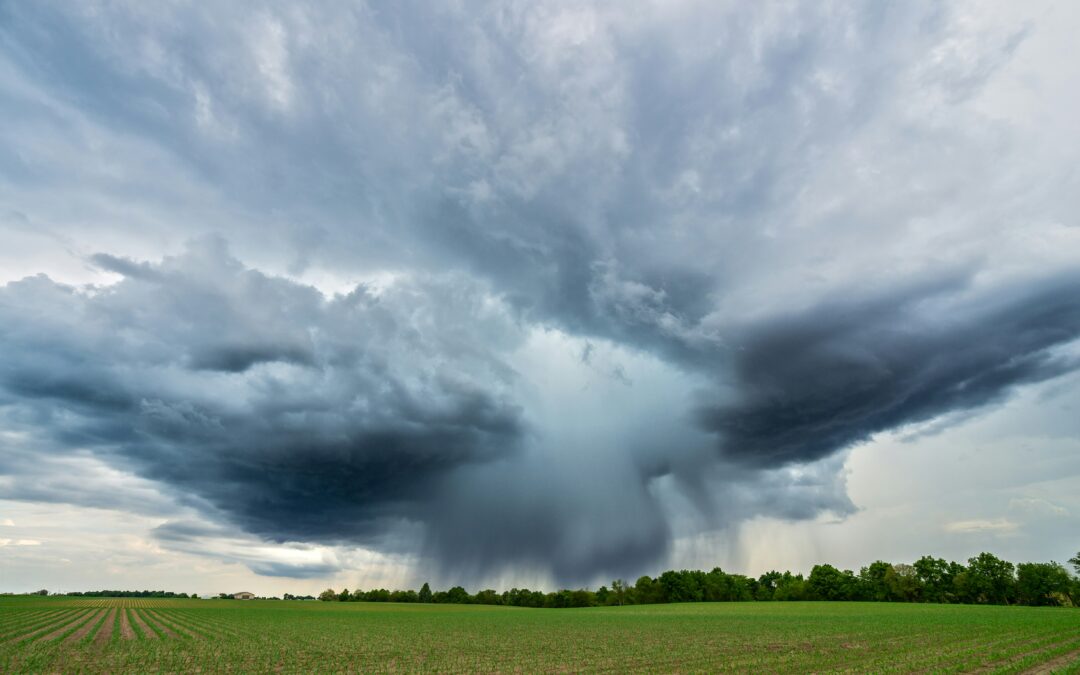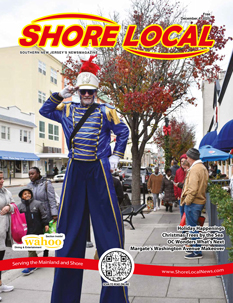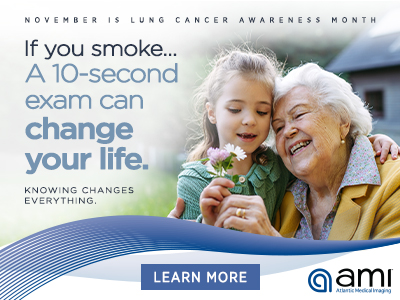Meteorology, the study of weather, is a pretty new science, even though the word comes from Ancient Greek, meaning “the study of things high in the air.” In 340 B.C., the Greek philosopher Aristotle wrote a paper called “Meteorologica,” but after that, not much happened in weather science for 2,000 years.
Things began to change in the 1700s when tools like the thermometer (to measure temperature) and the barometer (to measure air pressure) were invented. These tools let people start observing and recording weather data. But progress was slow until the 1830s when Samuel Morse invented the telegraph. This allowed weather information to be shared quickly across long distances, and that’s when modern record-keeping really began. Even so, weather forecasts back then were basic and often wrong.
It wasn’t until the 1950s and 1960s, when computers were developed, that meteorology really took off and became the advanced science we know today. Since most of the big discoveries in meteorology happened fairly recently, we have good records of the people who helped shape the field. I chose four important meteorologists to highlight, plus two more who are special to me personally.
Aristotle
Aristotle is the only person on this list that lived before the Modern Period, which is commonly defined as 1585 or later, according to The American Heritage Dictionary of the English Language.
In 340 B.C., the Greek philosopher wrote a paper called “Meteorologica,” which became the basis for all modern-day texts on weather for more than 1,300 years. Broken down into four books, the first three, dealt with what we’d now call meteorology, according to H. Howard Frisinger in his 1972 paper in the Bulletin of the American Meteorological Society.
Aristotle was the first major figure to illustrate major weather-related concepts such as:
1) The Earth is a sphere (it’s really slightly oval but this is close enough).
2) Astronomy had to do with what we now know as outer space, and meteorology had to do with what we now know as the atmosphere.
3) Weather varies by region and seasons based on latitude and proximity to water.
4) Wind is air in motion.
5) How the water cycle works. He noted that water evaporates from the Earth’s surface due to the sun’s heat, cools in the atmosphere and falls back to earth as precipitation.
He didn’t get everything right. For example, he believed that earthquakes were caused by underground winds. It’s also important to note that not all of these ideas were his own. Frisinger notes that some came from the Egyptians and the Babylonians. Still, he was the first to curate all of this into a text that would be cited frequently until the 1700s and even later. You can’t have a list of greatest meteorologists without including him.
Cleveland Abbe
The current conditions at your local airport, the surface weather map you see and America’s largest source of employment for weather forecasters are all traced back to Cleveland Abbe
The National Weather Service calls him “America’s First Weather Forecaster.” Born in 1836 in New York City, he attended Harvard University and then moved to Cincinnati, Ohio, in 1868, becoming the director of the Cincinnati Observatory.
He progressed tremendously in the science of meteorology from then on, persuading telegraph operators to report daily weather conditions by using guidelines that he established. That included wind direction, wind speed, type of clouds, sky color, rain amounts, temperatures and barometer readings.
On Sept. 2, 1869, The Cincinnati Commercial newspaper reported weather conditions for four cities. By the end of the month it was nine, and in 1870 it grew to 69. It was the first time the public and scientists alike could know what was happening in other parts of the country in less than a day – tremendous for the time.
The success was so great that Congress passed a resolution on Feb. 9, 1870 to create a national Bureau of Storm Signals. Under the United States Army, it created stations across the country, taking weather readings three times a year. On Nov. 1, the first observations were reported back to Washington, D.C.
Abbe was then asked by the federal government to begin what we now know as the National Weather Service. He did so in 1870, laying the foundation for meteorology in the United States, and creating standardized methods of data observation and primitive forecasting. He would go on to create the Monthly Weather Review, which still exists within the American Meteorological Society.
Dr. Vilhelm Bjerknes
To put it simply, modern weather forecasting as we know it does not happen without Vilhelm Bjerknes. The Norwegian (1862-1951) founded the Bergen School of Meteorology in 1917, developing the thought process that essentially created modern meteorology.
Bjerknes, and the Bergen School built on Abbe’s weather mapping, established modern meteorology. They introduced:
1) Cold and warm fronts – narrow zones of weather such as rain or snow separating air masses.
2) The lifecycle of mid-latitude cyclones and low-pressure systems like nor’easters impacting areas from Florida to Alaska.
3) Numerical weather forecasting, using equations to predict future weather from current conditions.
Bjerknes’ equations were visionary, but incomputable until 1950. The first six-hour forecast was done by hand and took six weeks. Today’s equations are far more precise, powered by computers that are far more powerful than the 1950s versions, delivering fairly accurate forecasts for human meteorologists to refine. Numerical prediction dominates, but artificial intelligence is gaining ground in 2025.
Dr. William Gray
Considered the father of hurricane forecasting, in 1984 William Gray took on what the weather community still couldn’t touch by forecasting the tropical cyclones months out, and made it his own.
A United States Air Force veteran, he earned his PhD in 1964 at the University of Chicago. He then went to Colorado State University, a landlocked state, to research hurricane forecasting.
Gray looked at big patterns like ocean temperatures, El Niño, and rainfall in Africa’s Sahel region, to make seasonal hurricane forecasts, with accuracy. His work helped communities prepare months in advance, saving lives and property.
Gray’s methods mixed real-world data with science, making forecasts more accurate. He also discovered that the number of hurricanes in the Atlantic Hurricane Basin go up and down in roughly 30-year cycles. We are currently in a high-activity period. However, it began in 1995, therefore, we should see less activity through the 2030s and 2040s.
His legacy lives on through his student Phil Klotzbach, who continues the forecasts, and other scientists worldwide who use similar ideas. Gray wrote more than 80 research papers and mentored many meteorologists.
Dr. Dave Robinson
Dave Robinson is one of my two “weather dads,” former research advisor and my birthday buddy. Robinson is the New Jersey state climatologist and America’s longest serving state climatologist of all time, a job he took on in 1991. I was born the same year, so he really is my weather dad in a way. He is also a distinguished professor at Rutgers University.
As the state climatologist, he runs the New Jersey Weather Network. Over 60 stations give super specific, up-to-date weather info for local areas. His network is great at catching things like cool sea breezes or strong wind gusts from a single thunderstorm, as well as doing it more frequently than the bigger national weather networks.
He also runs the state’s Community Collaborative Rain, Hail and Snow Network (CoCoRaHS), the nation’s largest citizen scientist program. Some of you are CoCoRaHS members because of his work and outreach. Anytime you see me, another meteorologist, or journalist talk about specific weather or climate conditions in the state, he has his hands on it. Furthermore, he’s been my co-host of the “Monthly Weather Roundup” show online since 2018.
Globally, he’s known for his snow cover resources. He’s the operator of the Rutgers Global Snow Lab. Researchers across the globe use this for their research. Not many people like snow more than he does, and even in New Jersey, he’ll get a good snowshoe in after fresh powder comes down.
Jim Eberwine
Jim’s my second weather dad. A United States Marine Corps veteran, he spent decades at the National Weather Service, first at Atlantic City International Airport, and then atMount Holly, Burlington County, until he retired in 2010.
Jim Eberwine isn’t really retired, though. He helps keep Absecon safe as the emergency management coordinator, teaches a class at Atlantic-Cape Community College and works with the Federal Emergency Management Agency to train others.
Back in the late 1980s and early 1990s, Jim and Dean Iovino, retired lead meteorologist for the NWS, worked together on something cool. They figured out which streets near the coast would flood during nuisance events. They called their project “Operation Crabcake” because they ate crabcakes together while working on it. Their work helped people know when their streets might get flooded just by checking tide forecasts.
Jim walked 127 miles, from Sandy Hook to Cape May, and even other places like Delaware Bay and the Delaware River, recording videos of spots that flood easily. His hard work helped emergency teams and weather experts work better together. People were amazed at how well Jim knew every road’s flooding potential.
If you follow me online, you’ll see me call both Dave and Jim my weather dad. They’re mentors, friends and people that helped me with my professional weather career. I talk to Jim on the phone about once a week, and we text even more.
Jim is South Jersey Shore weather, and, in many ways, his legacy is stronger than ever before.
















